Hi there, pet lovers! 🦜
Budgie parakeets (Melopsittacus undulatus) are among the most popular pet birds in the world—and for good reason. These tiny, colorful parrots pack big personalities into small bodies, making them a favorite for bird enthusiasts and first-time owners alike. But are they the right pet for you?
In this detailed review, we’ll explore everything you need to know about budgies—from their playful temperament and care requirements to their affordability and long-term commitment. Whether you’re considering your first bird or adding another feathered friend to your flock, this guide will help you make an informed decision.
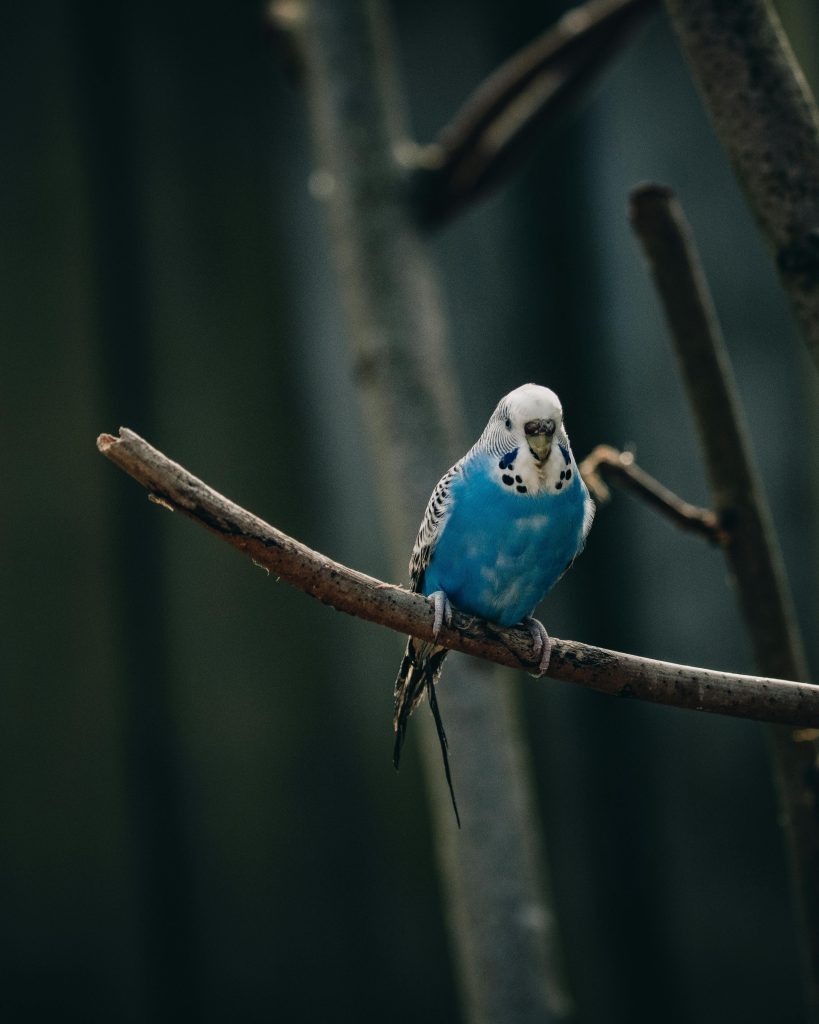
Overview
Budgies (also known as parakeets) are small, intelligent parrots native to Australia. They’re social, energetic, and capable of mimicking speech, making them endlessly entertaining companions. Here’s a quick summary of what makes them special:
- Handling and Temperament: Highly social but require patience and gentle interaction.
- Care and Maintenance: Moderate effort—daily attention, a proper diet, and a stimulating environment are key.
- Health and Durability: Hardy for their size but sensitive to toxins and poor husbandry.
- Availability: Extremely common in pet stores and from breeders worldwide.
- Cost: Affordable to purchase but require ongoing investment in supplies and enrichment.
- Overall: A rewarding pet for those willing to dedicate time and attention.

Why Choose a Budgie Parakeet?
Budgies are ideal for bird lovers who want an intelligent, interactive, and relatively low-maintenance pet. Unlike larger parrots, they don’t require massive enclosures or pose significant bite risks, making them great for apartments and families (with supervision).
Their lifespan of 7-15 years strikes a balance—long enough to form a deep bond but not as overwhelming as a macaw’s 50+ year commitment. Plus, their ability to mimic speech and perform tricks adds a fun, engaging dynamic to pet ownership.
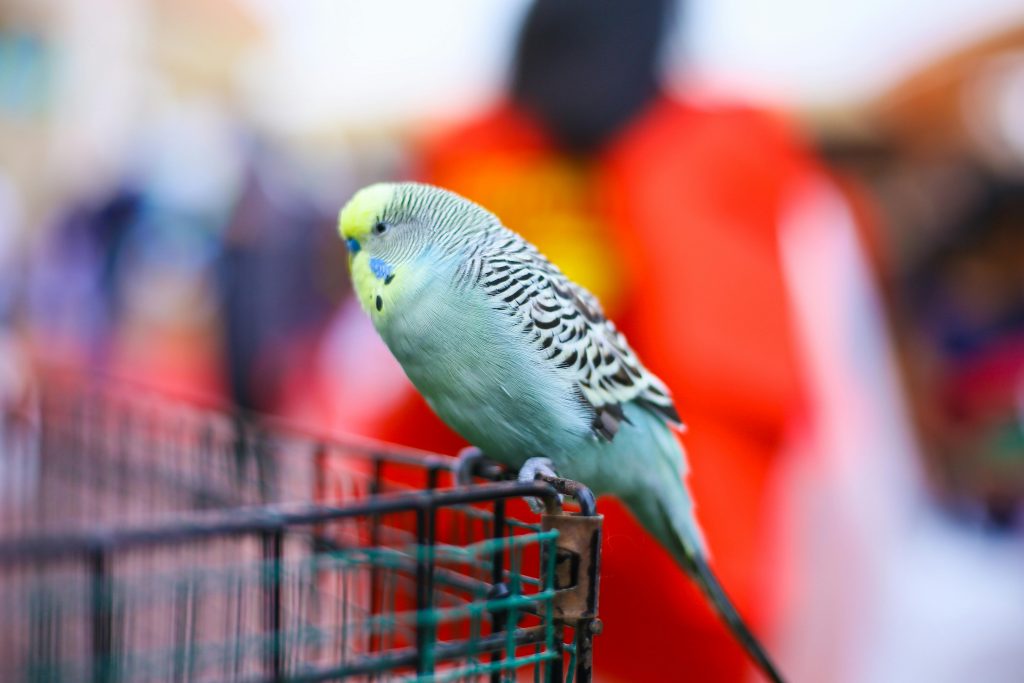
Handling and Temperament
Budgies are highly social birds that thrive on interaction. In the wild, they live in massive flocks, so they crave companionship—whether from humans or other budgies.
Personality Variations
- Some budgies are bold and playful, while others are shy and cautious.
- Hand-raised budgies are typically more comfortable with handling.
- Males are often more vocal and likely to mimic speech than females.
Handling Tips
- Start slow—let the budgie get used to your presence before attempting to hold them.
- Use positive reinforcement (like millet treats) to build trust.
- Avoid grabbing or restraining—this can lead to fear and biting.
Biting and Vocalizations
- Budgies rarely bite hard, but a startled bird may nip.
- They chirp, chatter, and can learn words—some even develop large vocabularies!
- Screaming can occur if they’re bored, lonely, or stressed.
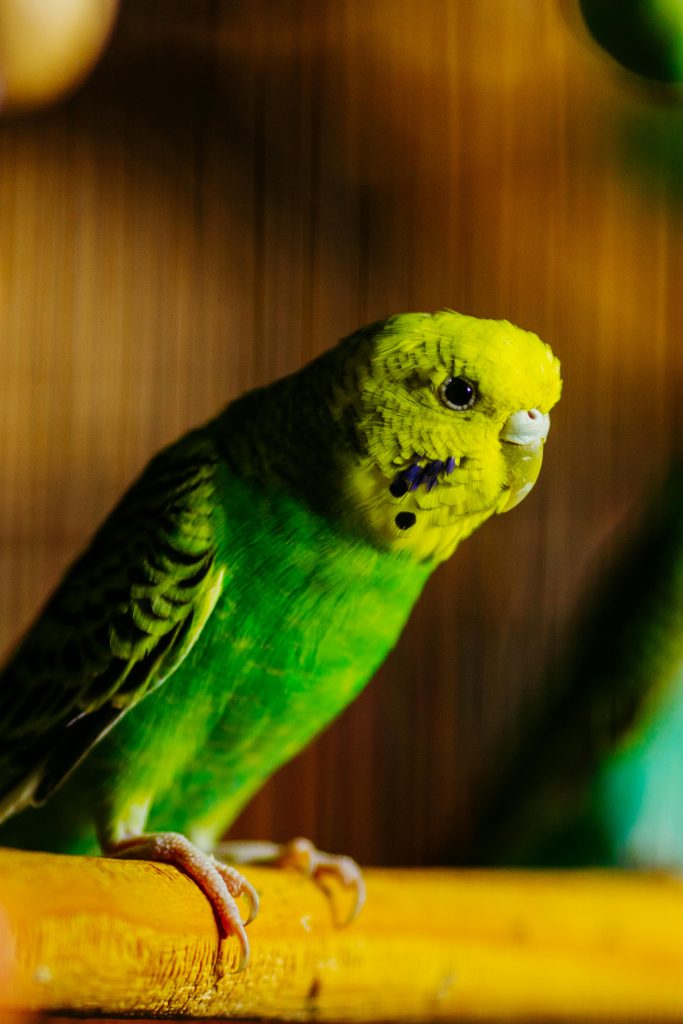
Care and Maintenance
While budgies are easier to care for than larger parrots, they still need proper housing, diet, and mental stimulation to thrive.
Enclosure Setup
- Size: Minimum 18″ x 18″ x 24″ for one budgie (bigger is always better).
- Bar spacing: ½ inch to prevent escapes or injury.
- Perches: Natural wood branches of varying thicknesses to promote foot health.
- Toys: Swings, bells, shreddable toys, and foraging puzzles to prevent boredom.
- Location: Place the cage in a social area (but away from drafts and direct sunlight).
Diet
- Staple diet: High-quality pellets (70%) supplemented with fresh veggies (20%) and seeds/fruits (10%).
- Avoid: Avocado, chocolate, caffeine, and salty foods (toxic to birds).
- Fresh water: Changed daily to prevent bacterial growth.
Lighting & Temperature
- Natural daylight cycles help regulate their mood and health.
- Room temperature (65-75°F) is ideal—avoid extreme heat or cold.
- No Teflon/non-stick cookware—fumes can be deadly to birds.
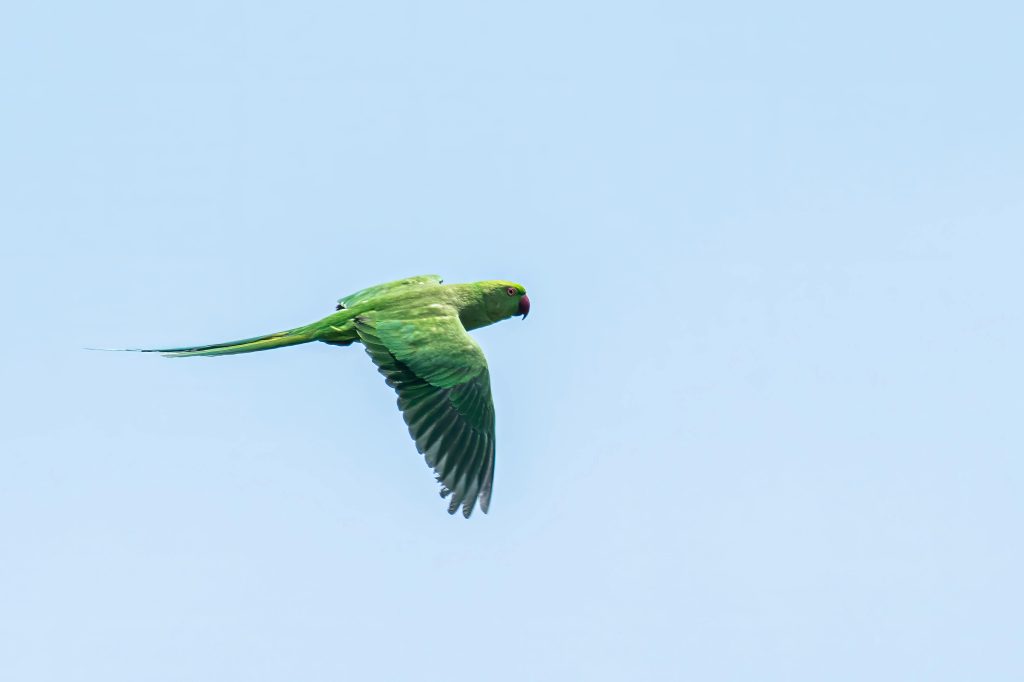
Health and Durability
Budgies are resilient for their size, but they hide illness well. Regular observation is crucial.
Common Health Issues
- Respiratory infections (sneezing, wheezing, nasal discharge).
- Mites or scaly face (crusty beak or feet).
- Egg-binding (females)—requires immediate vet care.
- Obesity from seed-heavy diets.
Preventative Care
- Annual vet check-ups with an avian specialist.
- Clean cage weekly to prevent mold and bacteria.
- Monitor droppings—changes in color/consistency can signal illness.
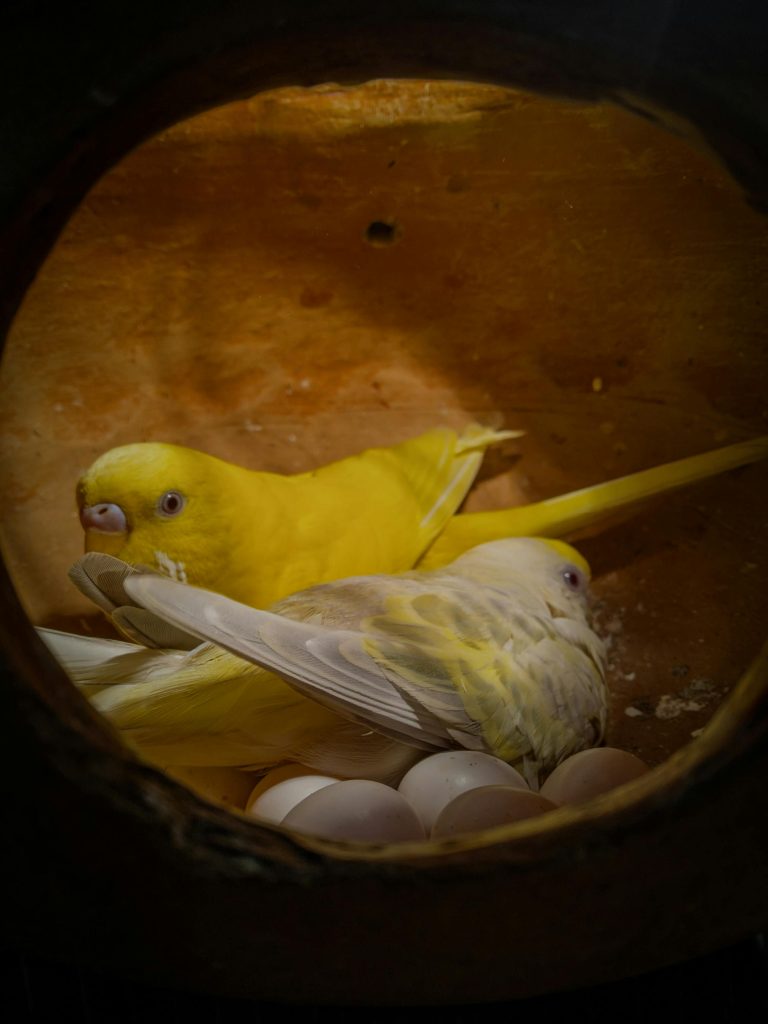
Availability and Cost
Where to Buy
- Reputable breeders (best for hand-tamed, healthy birds).
- Rescue organizations (many budgies need rehoming).
- Pet stores (convenient but may lack socialization).
Cost Breakdown
- Bird: $20 to $50 for standard colors; rare mutations can cost more.
- Starter setup (cage, toys, food): $150 to $300.
- Ongoing costs (food, vet care, toys): $30 to $50/month.

Pros and Cons
Pros
✅ Affordable compared to larger parrots.
✅ Intelligent & trainable—can learn tricks and words.
✅ Compact size—fits well in small homes.
✅ Social & affectionate when properly bonded.
Cons
❌ Messy—scattered seed hulls and frequent droppings.
❌ Noisy—constant chirping (not ideal for light sleepers).
❌ Time-consuming—needs daily interaction.
❌ Fragile—sensitive to fumes, stress, and poor diet.
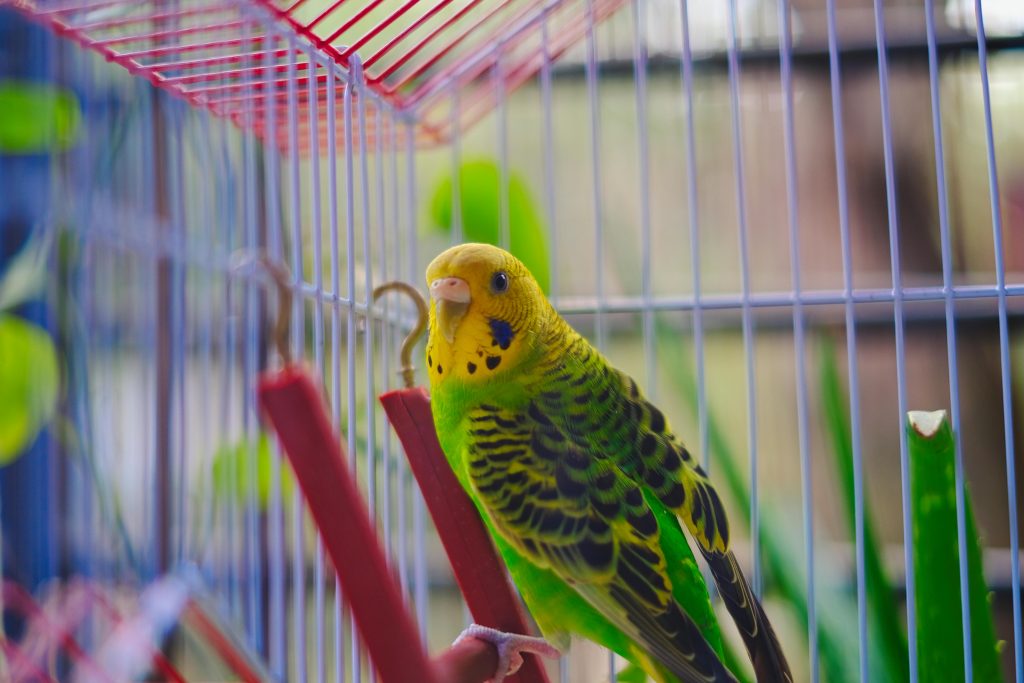
Final Thoughts
Budgies are fantastic pets for the right owner—someone who enjoys an interactive, vocal companion and can commit to their long-term care. They’re not “easy” pets, but their charm, intelligence, and affectionate nature make them worth the effort.
If you’re ready for a small bird with a big personality, a budgie might be your perfect match!
Have experience with budgies? Share your tips in the comments below! And for more bird care guides, stay tuned to our blog. 🦜💚

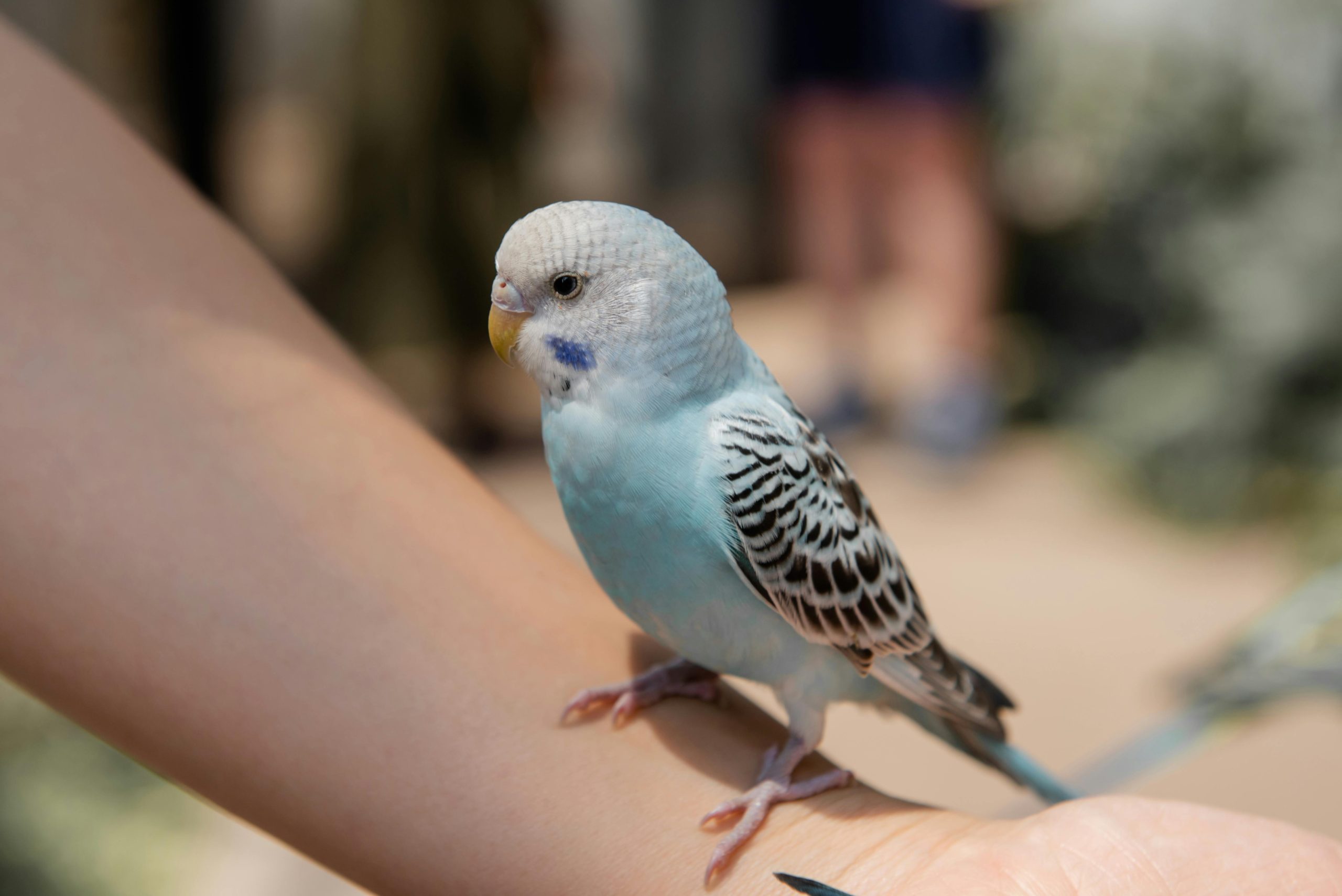


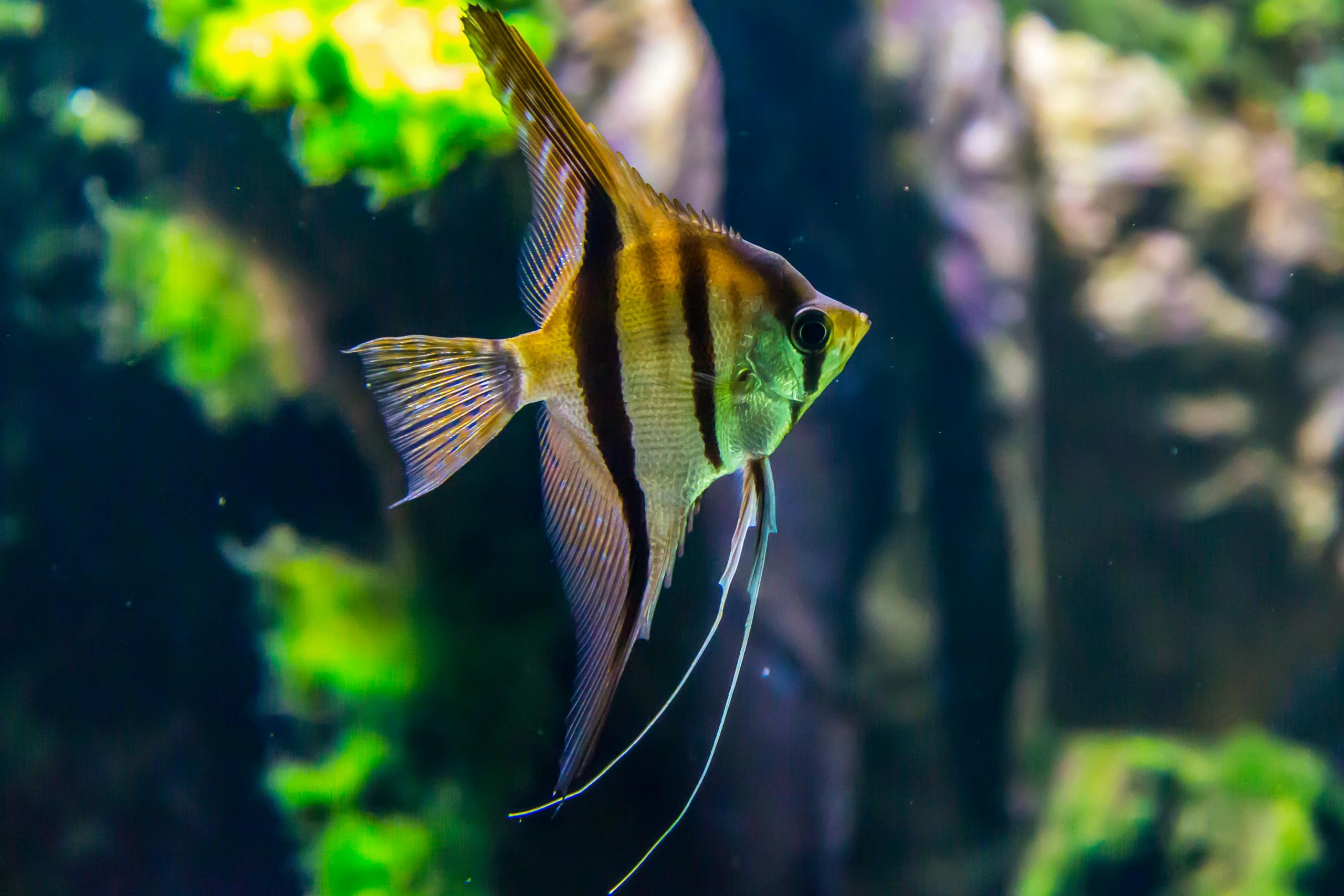
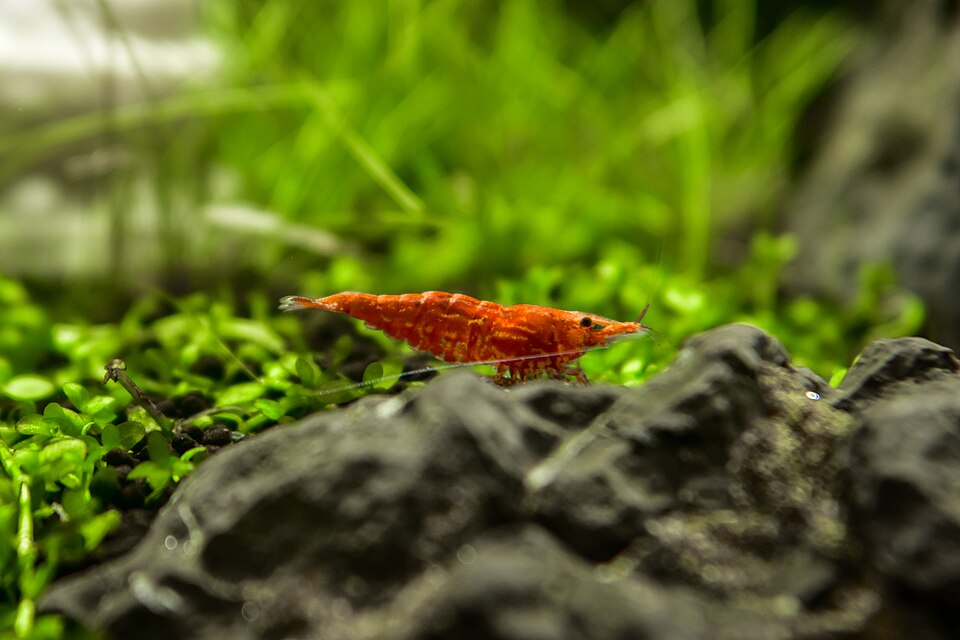

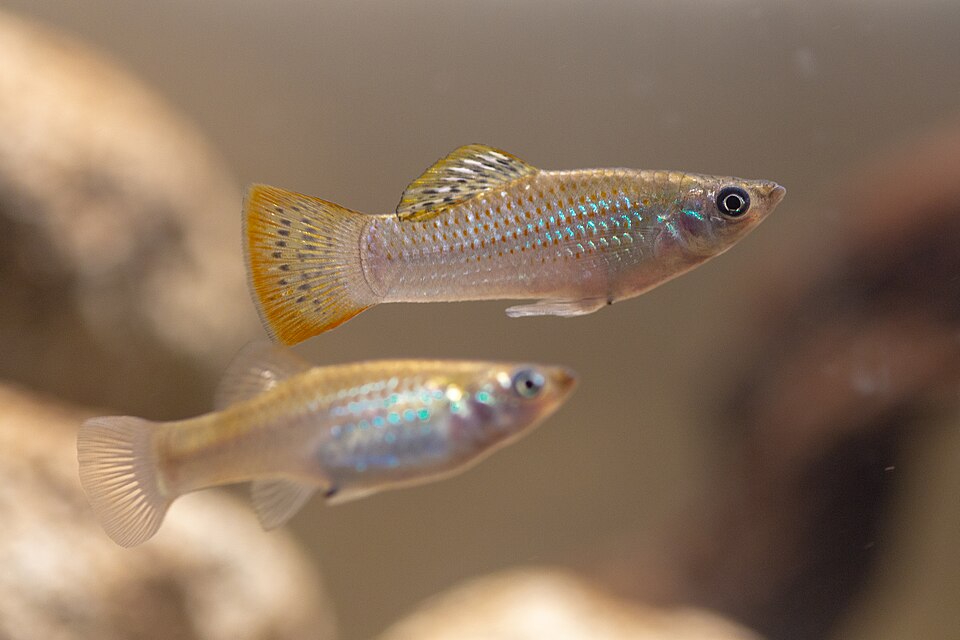
Leave a Reply